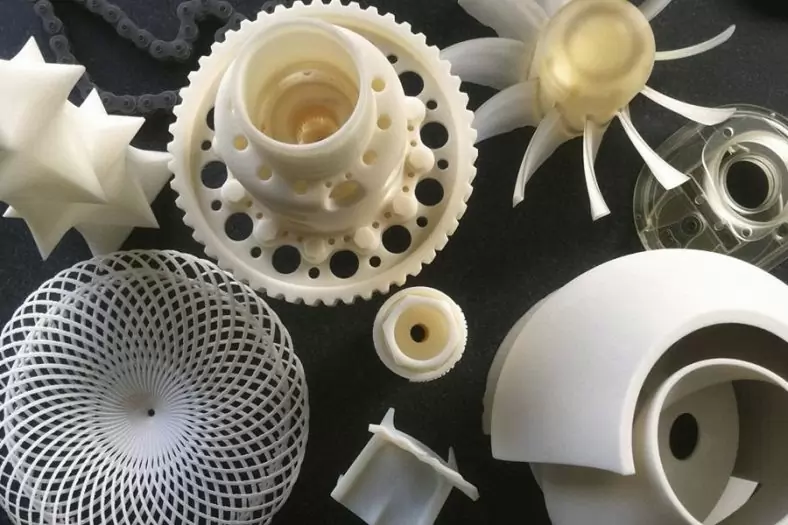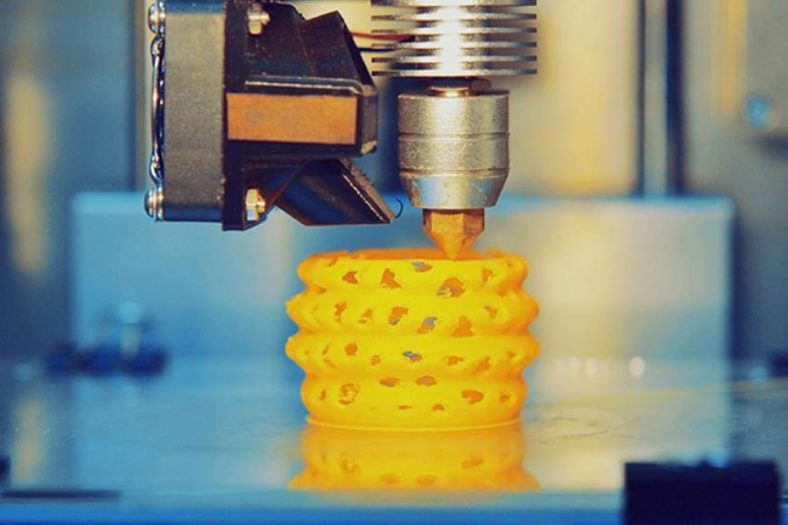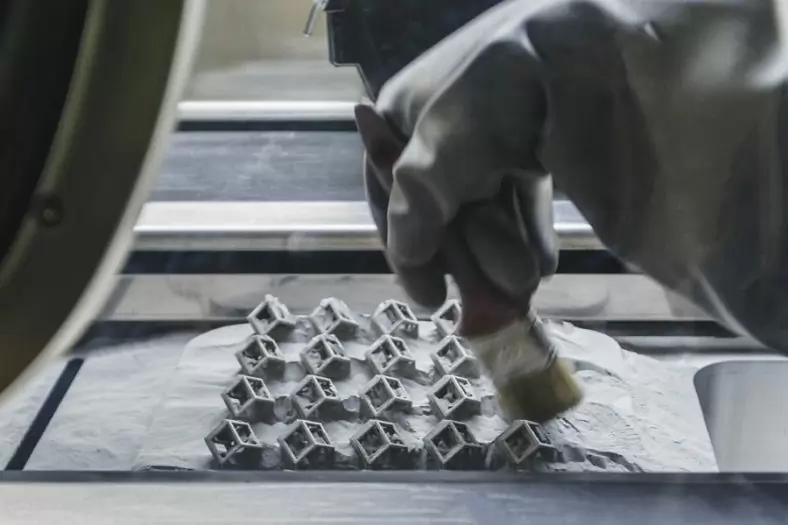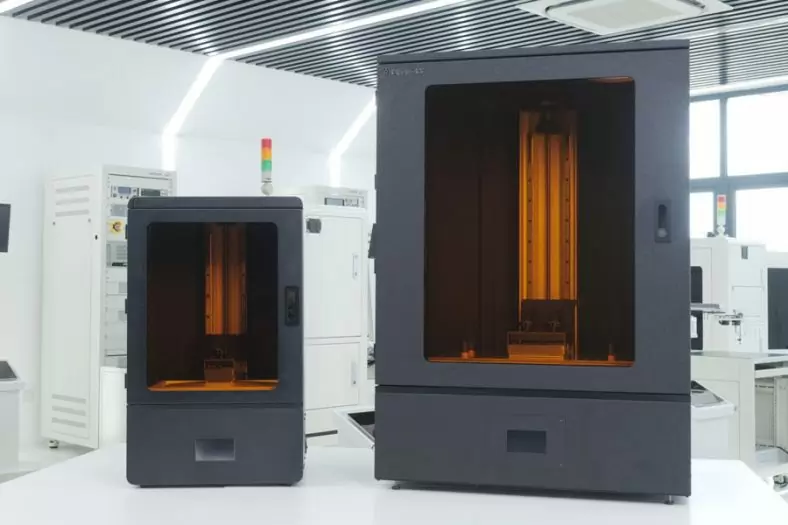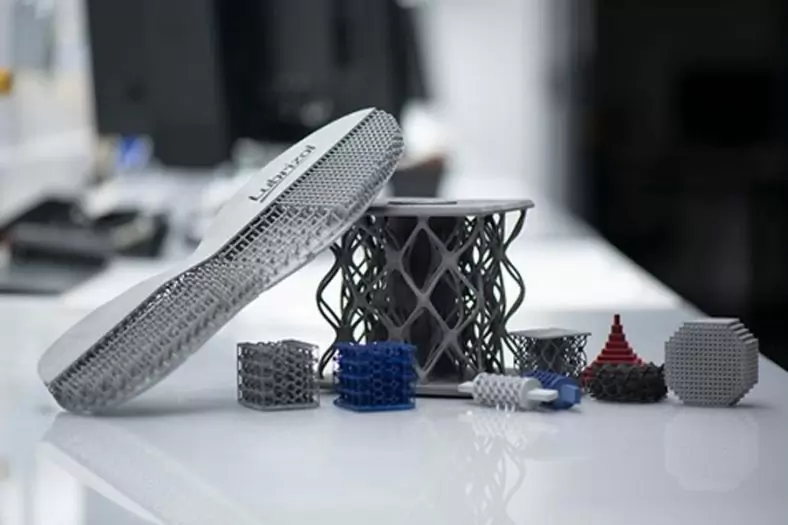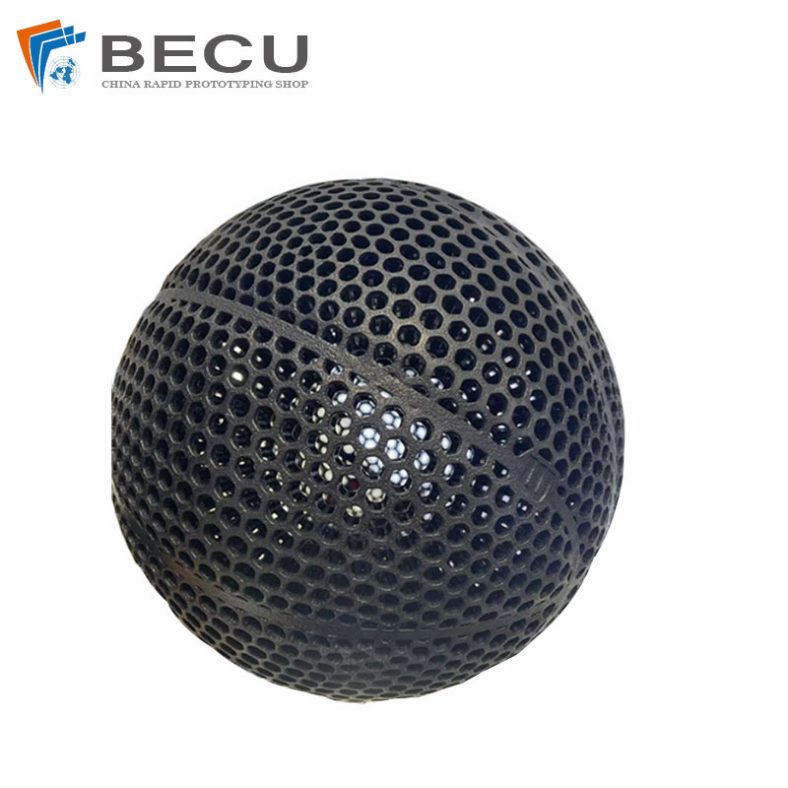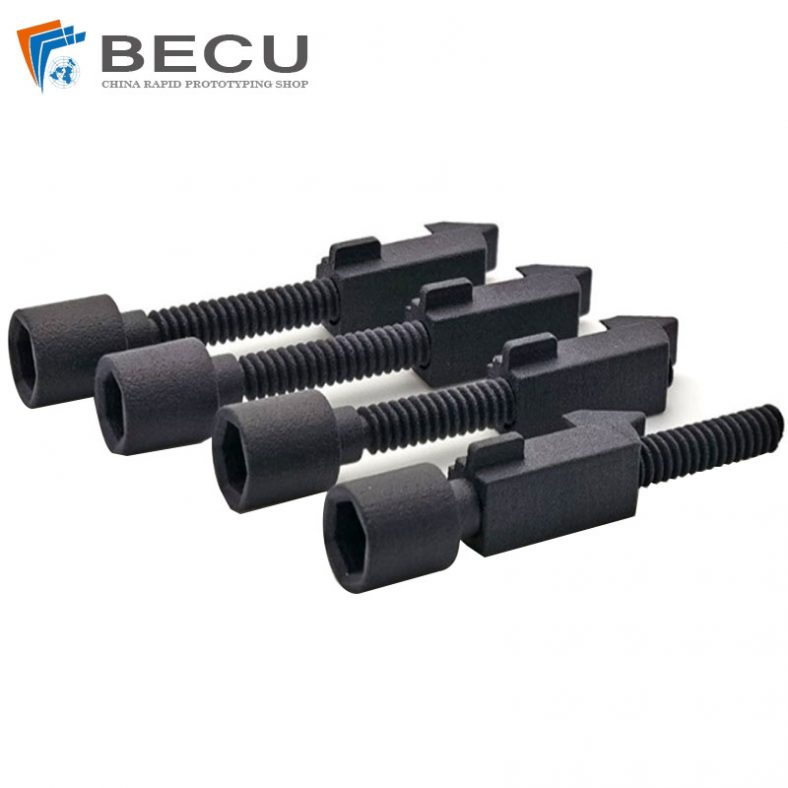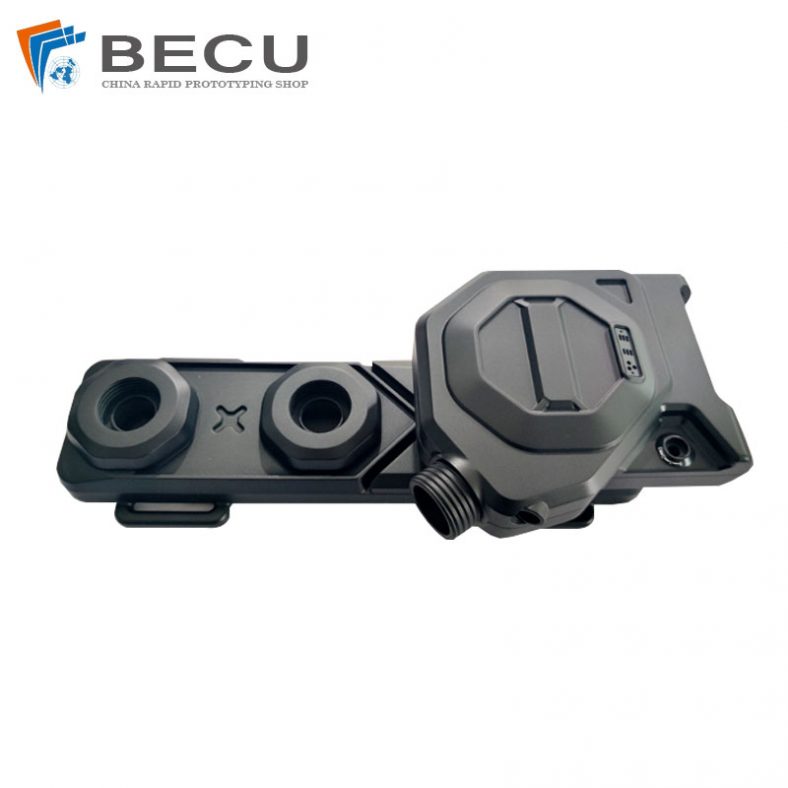In recent years, additive manufacturing has witnessed unprecedented growth, revolutionizing industries and redefining traditional manufacturing processes. Sticky Deposition Modeling (SDM) is one of the emerging technologies at the forefront of this revolution, offering unique advantages and capabilities that make it stand out in the 3D printing landscape. This article provides a comprehensive guide to SDM, covering its principles, working mechanism, materials, applications, advancements, challenges, and future prospects.
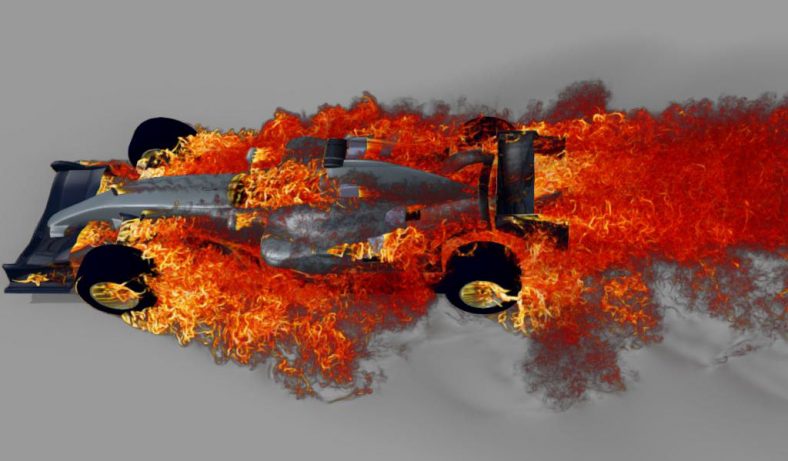
Understanding Sticky Deposition Modeling
Sticky Deposition Modeling (SDM) is an emerging additive manufacturing technology that offers unique advantages in the world of 3D printing. It is a layer-by-layer fabrication process that uses a binder solution to selectively adhere build materials onto a substrate, forming the desired 3D object. SDM is also sometimes referred to as “Binder Jetting” due to its method of depositing a binder onto powdered materials. Here’s a detailed explanation of the key aspects of Sticky Deposition Modeling (SDM):
Working Principle of SDM:
- SDM follows a relatively straightforward process. First, a thin layer of powdered build material is spread evenly on the build platform or substrate.
- Next, a print head or nozzle deposits a liquid binder onto specific areas of the powder bed, binding the particles together. This process is repeated layer by layer until the 3D object is complete.
- Once the printing is finished, the excess, unbonded powder is removed, leaving behind the solidified 3D object.
Materials Used in SDM:
SDM is compatible with a wide range of materials, including polymers, metals, ceramics, and composites. The choice of materials depends on the specific requirements of the application.
The powdered build materials should have good flow properties and sintering capability to form a strong, cohesive structure after the binding process.
Advantages of SDM:
- Speed: SDM is generally faster than some other 3D printing techniques like Fused Deposition Modeling (FDM) and Stereolithography (SLA) since it prints entire layers at once.
- Multi-Material Printing: SDM can create objects with multiple materials or varying material properties within the same print job.
- Economical: SDM can be cost-effective for large-scale production, as it eliminates the need for support structures, reducing material waste.
- No Need for Heat: Unlike some other 3D printing methods like Selective Laser Sintering (SLS), SDM doesn’t require a high-temperature heat source, making it suitable for temperature-sensitive materials.
Applications of SDM:
- SDM finds applications in various industries, including aerospace, automotive, medical, and consumer goods manufacturing.
- It is used to create functional prototypes, customized products, and complex geometries that are difficult to achieve with traditional manufacturing methods.
- In aerospace, SDM is utilized to fabricate lightweight components with intricate internal structures, reducing overall weight and fuel consumption.
- In medicine, SDM enables the production of patient-specific medical devices and implants.
Challenges of SDM:
- Material Properties: The properties of the final printed object are influenced by the build material and the binding process. Achieving desired material properties may require optimization and experimentation.
- Resolution and Surface Finish: SDM may not achieve the same level of resolution and surface smoothness as some other 3D printing techniques.
- Post-Processing: Post-processing steps, such as infiltrating the printed object with additional materials or sintering, might be required to enhance the mechanical strength and surface finish.
Sticky Deposition Modeling (SDM) is a promising 3D printing technology that offers unique advantages, including speed, multi-material capabilities, and cost-effectiveness. As research and development continue, SDM is likely to find increasing applications in various industries, driving innovation and transforming traditional manufacturing processes.
Core Elements of Sticky Deposition Modeling
The successful implementation of Sticky Deposition Modeling (SDM) relies on several core elements that work together to achieve precise and efficient 3D printing. These elements encompass the build materials, binder solutions, substrates, and print heads, each playing a vital role in the SDM process. Let’s explore each core element in detail:
Build Materials
Build materials in SDM refer to the powdered materials that form the basis of the 3D object. These materials can be polymers, metals, ceramics, composites, or other specialized powders, depending on the desired properties of the final printed object.
The choice of build materials directly impacts the mechanical, thermal, and chemical properties of the printed object. It is essential to use materials with appropriate flow characteristics to ensure even spreading on the build platform.
The size and shape of the powder particles influence the resolution and surface finish of the final 3D printed object. Therefore, the quality and consistency of the build materials are crucial for successful SDM printing.
Binder Solutions and Binding Mechanisms
In SDM, the binder solution plays a crucial role in selectively adhering the powdered build materials together to form each layer of the 3D object. The binder is dispensed through the print head or nozzle, directed to specific areas where the object is to be solidified.
The binder solution contains a combination of binding agents, which can be water-based or solvent-based, depending on the type of build material being used. The binding mechanism may involve chemical reactions, curing, or drying of the binder to hold the particles together.
The composition and viscosity of the binder solution are tailored to ensure proper adhesion, minimal spreading beyond the desired regions, and efficient solidification of the printed layers.
Substrates and Build Platforms
The substrate or build platform serves as the base on which the 3D object is constructed layer by layer. It should be flat, stable, and have good adhesion properties to prevent the build materials from shifting during the printing process.
Different substrates are used depending on the type of SDM printer and the specific build materials employed. Some substrates may require pre-treatment or coating to optimize adhesion.
Proper alignment and calibration of the build platform are essential to ensure accurate layer deposition and minimize errors in the final printed object.
Nozzles and Print Heads
The print head or nozzle is responsible for precisely depositing the binder solution onto the build material to create each layer of the 3D object. The nozzle size determines the resolution and precision of the printing process.
Nozzles in SDM printers should be designed to prevent clogging and ensure a consistent flow of the binder solution. Maintenance and cleaning of the nozzles are critical for consistent and reliable printing results.
Some SDM printers may have multiple nozzles, enabling the simultaneous deposition of different binders or materials, allowing for multi-material printing or the incorporation of secondary materials for support or reinforcement.
The successful integration and optimization of these core elements are crucial to achieving high-quality and efficient SDM 3D printing. As the technology evolves, advancements in materials, binder solutions, print heads, and substrates continue to drive the capabilities and potential applications of Sticky Deposition Modeling.
How Does Sticky Deposition Modeling Work
In the rapidly evolving world of additive manufacturing, Sticky Deposition Modeling (SDM) stands out as a promising 3D printing technology that offers unique advantages in terms of speed, multi-material capabilities, and cost-effectiveness. The SDM printing process involves selectively depositing a binder solution onto powdered build materials to create complex 3D objects layer by layer. This article delves into the intricacies of the SDM printing process, exploring its key steps, materials involved, post-processing considerations, and real-world applications.
Preparing the 3D Model: CAD Design and Slicing
The SDM printing process begins with the creation of a 3D model using Computer-Aided Design (CAD) software. CAD design allows engineers, designers, or artists to develop intricate 3D representations of the object they wish to produce. During the design phase, considerations such as the object’s size, shape, and internal structures are meticulously defined.
Once the 3D model is ready, it undergoes a slicing process, where specialized software divides the model into thin, horizontal layers. Each layer represents a cross-section of the 3D object, and the slicing software generates the necessary data to instruct the SDM printer on how to build each layer. This information is usually saved in a file format compatible with the specific SDM printer being used.
Material Preparation: Mixing and Consistency
The next step in the SDM printing process involves preparing the build materials and binder solution. Depending on the specific application and desired properties of the final 3D object, various powdered materials can be utilized, such as polymers, metals, ceramics, or composites. These materials are carefully selected based on their mechanical, thermal, and chemical properties.
To create the binder solution, a combination of binding agents is mixed with a liquid solvent or water, depending on the type of build material. The composition and viscosity of the binder solution are critical factors that influence the adhesion of the build materials and the overall quality of the printed object.
Deposition Process: Layer-by-Layer Fabrication
With the 3D model prepared and the build materials and binder solution ready, the SDM printing process moves to the deposition phase. Here, the printer begins constructing the 3D object layer by layer using the following steps:
- Spreading the Powdered Build Material: A thin layer of the powdered build material is evenly spread onto the build platform or substrate using a leveling mechanism. The thickness of each layer is typically in the range of tens to hundreds of micrometers.
- Selective Deposition of Binder: The print head or nozzle then dispenses the binder solution onto specific areas of the powder bed, following the instructions provided by the sliced 3D model file. The binder selectively adheres to the build material particles, binding them together to form the first layer of the 3D object.
- Layer-by-Layer Fabrication: After completing the first layer, the build platform is lowered, and the process repeats for the subsequent layers. The printer continues this layer-by-layer fabrication until the entire 3D object is formed.
- Support Structures (Optional): In some cases, complex geometries or overhanging features may require support structures during the printing process. These support structures, typically made of a different material that is removable or easily dissolvable, help prevent sagging or deformation during printing. One advantage of SDM is that it often eliminates the need for extensive support structures due to the nature of layer-by-layer deposition.
Post-Processing and Finishing Techniques
Once the SDM printer completes the fabrication of the 3D object, post-processing steps may be required to improve the mechanical strength, surface finish, and overall quality of the printed object. Some common post-processing techniques include:
- Debinding: In cases where a solvent-based binder is used, the printed object may need to undergo a debinding process to remove excess binder. This step is critical for achieving the desired material properties and reducing residual stresses in the final object.
- Sintering: In some applications involving metal or ceramic powders, the printed object may require sintering, a high-temperature process that fuses the particles together, resulting in a denser and stronger structure.
- Infiltration: To enhance the mechanical properties of the printed object, it can be infiltrated with additional materials, such as polymers or metals, to fill voids or reinforce the structure.
- Surface Finishing: Post-processing may include techniques like sanding, polishing, or coating to achieve a smooth surface finish or add specific aesthetic features.
Real-World Applications of SDM 3D Printing
SDM 3D printing has found diverse applications across various industries due to its unique capabilities. Some notable real-world applications of SDM include:
- Aerospace and Defense: SDM is used to manufacture lightweight and complex components for aircraft, spacecraft, and defense systems, optimizing performance and reducing overall weight.
- Medical and Healthcare: SDM enables the production of patient-specific medical devices, prosthetics, and implants, offering personalized solutions and improved patient outcomes.
- Automotive: The automotive industry utilizes SDM for rapid prototyping, customized components, and lightweight structures to enhance vehicle efficiency.
- Consumer Goods: SDM allows the creation of intricate designs for consumer products, jewelry, and fashion accessories.
- Architecture and Construction: SDM can be employed in architectural models, complex building components, and rapid construction prototyping.
- Education and Research: SDM facilitates the creation of prototypes and models for educational purposes and research projects.
The SDM printing process has emerged as a versatile and efficient 3D printing technology, enabling the creation of complex objects with multiple materials and intricate geometries. The process involves meticulous CAD design, material preparation, and a layer-by-layer deposition technique that is precise and cost-effective. The post-processing steps ensure that the printed objects meet specific functional and aesthetic requirements.
With applications spanning aerospace, medical, automotive, and consumer goods industries, SDM is driving innovation and transforming traditional manufacturing approaches. As advancements continue to enhance the technology and materials used, the future of SDM printing looks promising, opening up new possibilities for customized production, sustainable manufacturing, and continued growth in the field of additive manufacturing.
The Role of Sticky Deposition Modeling in Sustainable Manufacturing
Sticky Deposition Modeling (SDM) plays a significant role in sustainable manufacturing by offering several advantages that contribute to reducing environmental impact, minimizing waste, and optimizing production processes. As a green and eco-friendly 3D printing technology, SDM aligns with the principles of sustainable manufacturing in the following ways:
- Material Efficiency: SDM allows for the precise deposition of binders onto powdered build materials, ensuring that only the necessary amount of material is used to create each layer of the 3D object. Unlike subtractive manufacturing processes, where excess material is removed, SDM minimizes waste, leading to improved material efficiency.
- Recyclability and Reusability: The materials used in SDM, such as powdered polymers or metals, can often be recycled or reused. Any excess or unused build material can be collected, sieved, and re-introduced into the SDM printing process for future use. This approach significantly reduces the consumption of virgin materials and contributes to a circular economy.
- Energy Efficiency: SDM is generally more energy-efficient compared to traditional manufacturing methods, especially those involving high-temperature processes. The absence of high-energy heat sources in the SDM printing process results in lower energy consumption, thereby reducing the overall carbon footprint of the production.
- Lightweighting and Design Optimization: SDM enables the creation of lightweight and structurally optimized components, particularly in industries like aerospace and automotive. Lightweighting reduces fuel consumption and emissions in transportation, leading to increased energy efficiency and sustainability.
- Customization and On-Demand Production: SDM allows for on-demand production and rapid prototyping, which means products can be manufactured only when needed, reducing excess inventory and waste. Customization also ensures that products are tailored to meet individual needs, preventing unnecessary resource consumption.
- Localized Manufacturing: SDM can be employed in distributed and localized manufacturing models, where products are produced closer to the point of consumption. This reduces the need for extensive transportation, further lowering energy consumption and greenhouse gas emissions associated with logistics.
- Reduced Tooling and Setup Costs: Traditional manufacturing often involves expensive tooling and setup costs for each new product or design. SDM eliminates the need for costly tooling, enabling cost-effective production for small production runs and prototypes.
- Life Cycle Assessments (LCAs): Sustainable manufacturing relies on comprehensive life cycle assessments to evaluate the environmental impact of products from raw material extraction to end-of-life disposal. SDM allows manufacturers to design products with LCAs in mind, optimizing materials, reducing waste, and ensuring the most eco-friendly production processes.
- Sustainable Materials: As the field of sustainable materials continues to grow, SDM can integrate bio-based, recycled, or biodegradable materials into the printing process. These materials offer additional ecological benefits, reducing dependence on fossil-based resources and minimizing environmental pollution.
Sticky Deposition Modeling (SDM) holds great promise as a sustainable manufacturing technology, aligning with the principles of environmental responsibility and resource efficiency. By offering material efficiency, recyclability, energy savings, and design optimization, SDM contributes to reducing the ecological footprint of manufacturing processes.
Sticky Deposition Modeling (SDM) has emerged as a powerful additive manufacturing technology, showcasing unique advantages and a diverse range of applications across various industries. As advancements continue to propel the growth of SDM, the potential for reshaping traditional manufacturing, personalized production, and sustainable practices is immense.
This comprehensive guide explored the fundamental aspects of SDM, including its working principles, core elements, and printing process. We also delved into the current state of SDM technology, the advancements driving its development, and the real-world applications making use of its capabilities.
While challenges such as adhesion, material compatibility, and scalability exist, ongoing research and development efforts are continuously addressing these issues. As a result, SDM 3D printing is poised to play a significant role in shaping the future of manufacturing, offering sustainable solutions and unlocking new frontiers in design and production.
In conclusion, Sticky Deposition Modeling (SDM) represents a cutting-edge additive manufacturing technology with the potential to revolutionize industries, enable personalized production, and contribute to a more sustainable future. As the field of SDM continues to evolve, its impact on various sectors and society as a whole is sure to be transformative, making it a technology worth watching in the years to come.
The Detail Of BE-CU 3d printing Company

BE-CU.COM offers online 3D printing services for rapid prototyping and production in volume. Our clients are across a wide variety of industries and companies, including automotive, construction, aerospace, defense, electronics, machinery, industrial automation, medical, healthcare, consumer production, oil & gas, etc. Accelerate your product development and manufacturing process with our industry-leading metal & plastic 3D printing service and 3D printed parts. We’ll find the best 3D printing solution for your projects, to lower your cost and shorten the lead time based on your needs, while maintaining the quality. From 3D prototyping to end-use parts production, multiple materials are available for custom 3D printing parts. Need an alternative to the traditional solution? Submit your 3D CAD file to get an online quotation quickly. Our 3D printing service ensures accuracy and speed. We can help you choose the most appropriate technology and material to match your applications or request.

